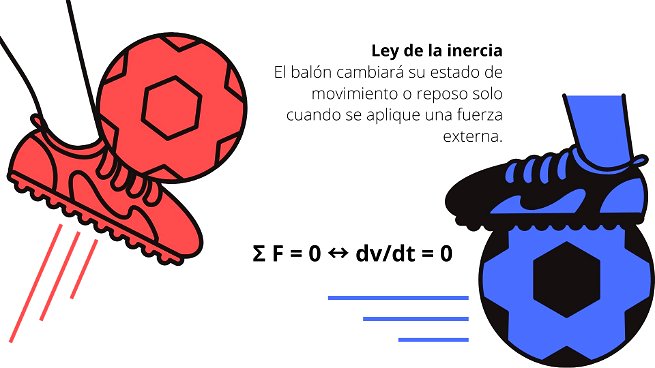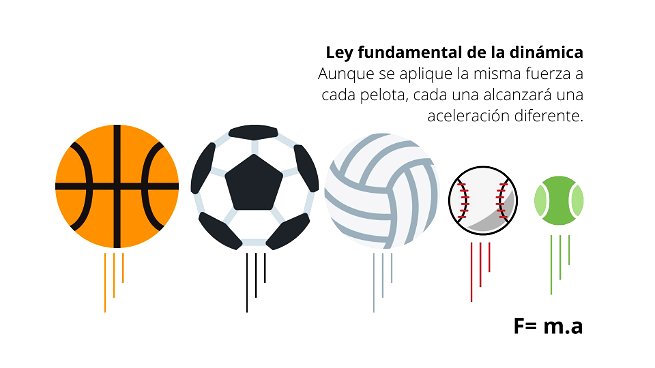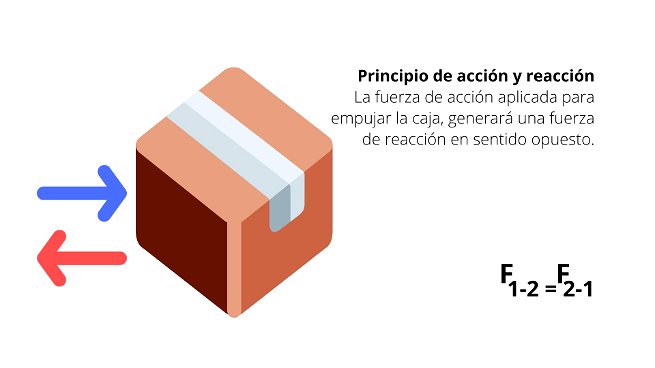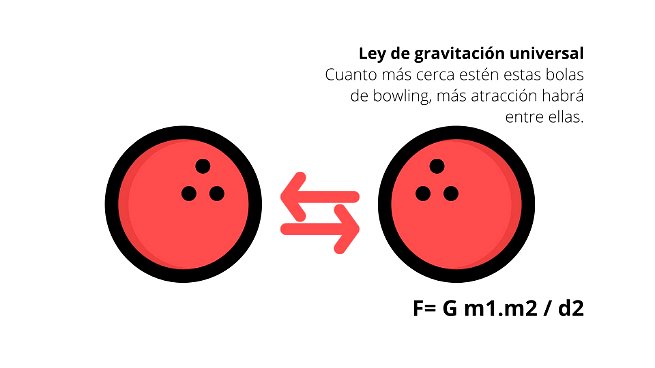Newton ‘s laws are three principles that serve to describe the movement of bodies, based on a system of inertial references (real forces with constant speed).
Newton’s three laws are:
- First law or law of inertia.
- Second law or fundamental law of dynamics.
- Third law or principle of action and reaction.
These laws that relate the force, speed and movement of bodies are the basis of classical mechanics and physics. They were postulated by the English physicist and mathematician Isaac Newton in 1687.
Newton’s first law: law of inertia

The law of inertia or first law postulates that a body will remain at rest or in straight motion with a constant speed, unless an external force is applied.
In other words, it is not possible for a body to change its initial state (either rest or movement) unless one or more forces intervene.
The formula for Newton’s first law is :
If the sum of the forces (Σ F) applied to a body is equal to zero, then the change in its velocity with respect to time (dv/dt) will also be equal to zero.
An example of Newton’s first law is a ball at rest. In order for it to move, it requires a person to kick it (external force); otherwise, it will remain at rest.
On the other hand, once the ball is in motion, ignoring friction with the ground, another force must also intervene to make it stop and return to its state of rest.
Although this is the first of Newton’s proposed laws of motion, this principle had already been postulated by Galileo Galilei in the past. For this reason, Newton is only credited with publishing the law, and Galilei is credited as the original author.
See also: Physics .
Newton’s second law: fundamental law of dynamics

The fundamental law of dynamics, Newton’s second law or fundamental law postulates that the net force that is applied to a body is proportional to the acceleration it acquires in its trajectory.
The formula for Newton’s second law is :
Where
F = net force
m = mass, expressed in Kg.
a = acceleration, expressed in m/s 2 (meter per second squared).
See also Dynamics .
Newton’s third law: principle of action and reaction

Newton’s third law postulate says that every action generates an equal reaction, but in the opposite direction.
The action and reaction law formula is:
The force of body 1 on body 2 (F 1-2) , or action force, is equal to the force of body 2 on body 1 (F 2-1) , or reaction force. The reaction force will have the same direction and magnitude as the action force, but in the opposite direction to it.
An example of Newton’s third law is when we have to move a sofa, or any heavy object. The action force applied to the object makes it move, but at the same time it generates a reaction force in the opposite direction that we perceive as a resistance of the object.
See also Movement Types .
universal law of gravitation

The postulate of this law of physics states that the attractive force of two bodies is proportional to the product of their masses.
The intensity of that attraction will be stronger the closer and more massive the bodies are.
The formula of the universal law of gravitation is:
The force exerted between the two bodies with mass (F) is equal to the universal gravitational constant (G) times the product of the two masses involved (m1.m2) divided by the distance that separates them, raised to the square (d 2 ) .
We have an example of the law of gravitation in the gravitational attraction exerted by two bowling balls . The closer they are to each other, the greater the force of attraction.